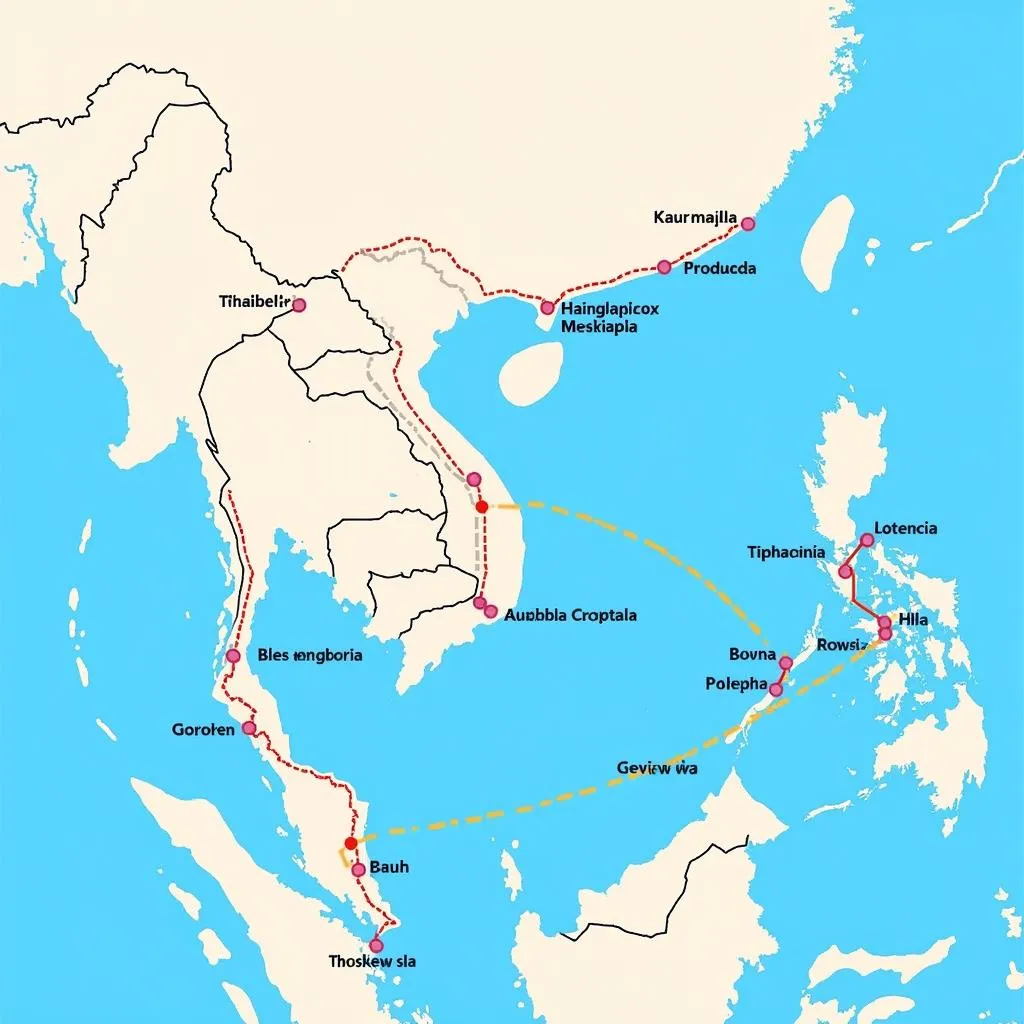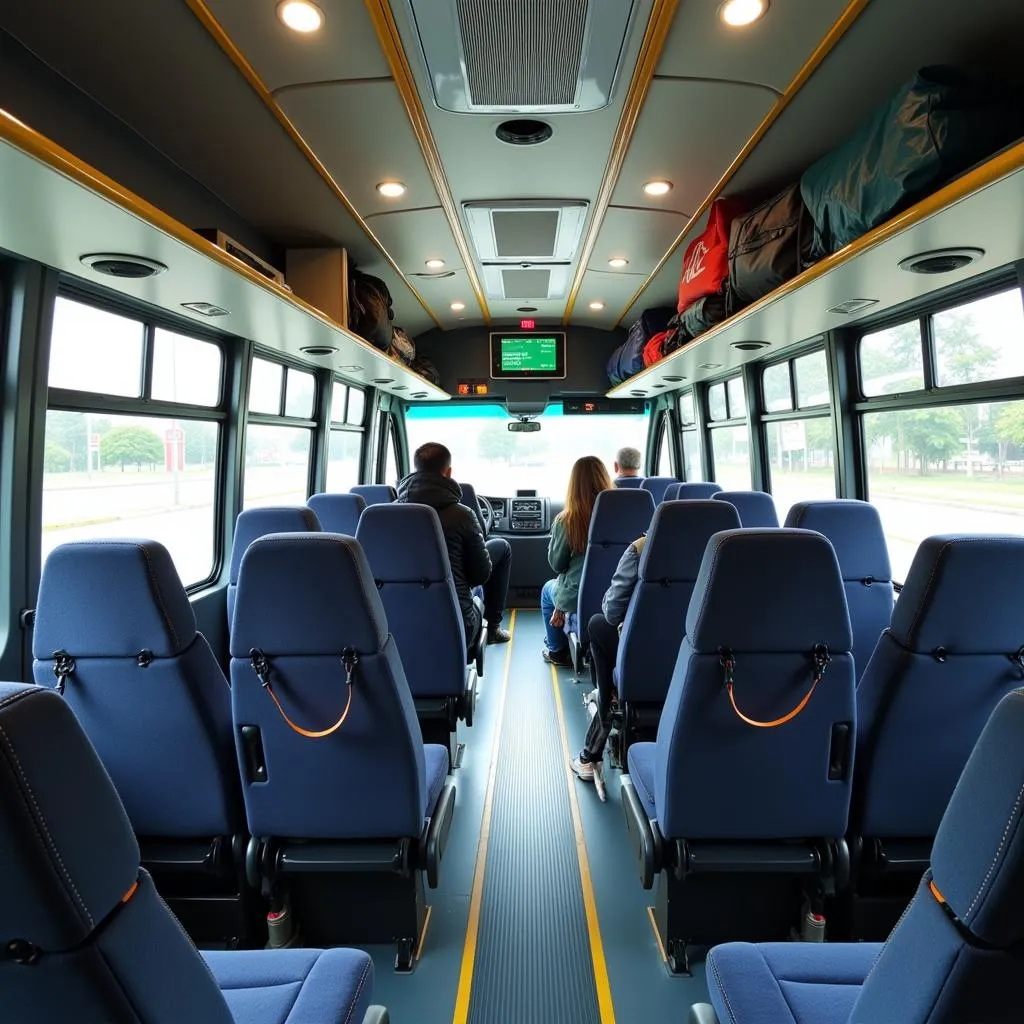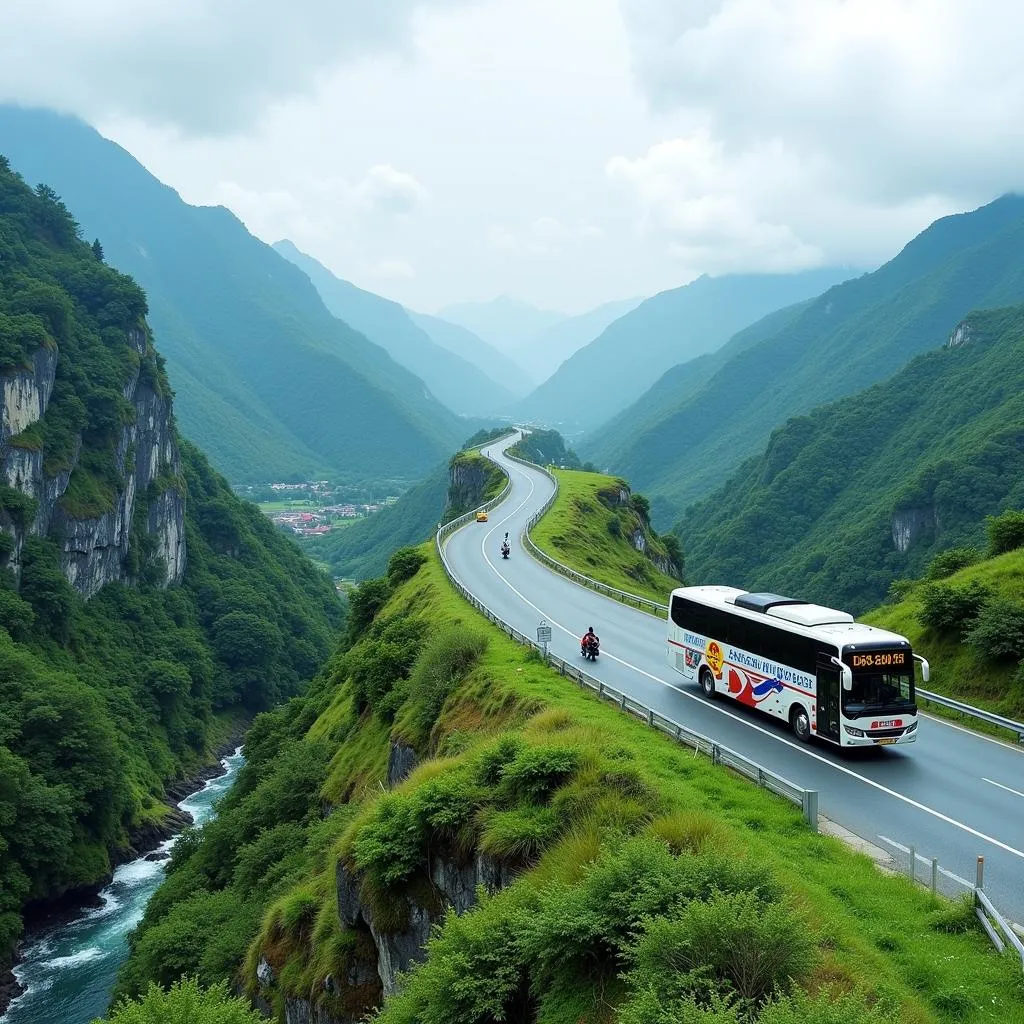ASEAN transit buses offer a cost-effective and convenient way to explore the diverse landscapes and vibrant cultures of Southeast Asia. Whether you’re a budget traveler, an adventurous explorer, or simply looking for an alternative to flying, these buses connect major cities, towns, and remote destinations across the region. In this comprehensive guide, we’ll delve into the world of ASEAN transit buses, exploring their routes, amenities, safety standards, and tips for a comfortable and enjoyable journey.
Understanding ASEAN Transit Buses
ASEAN transit buses are intercity buses that operate within and between ASEAN countries. They provide a convenient and affordable mode of transportation, connecting major cities, towns, and even remote villages. These buses are often operated by private companies or government agencies, and their services vary in terms of amenities, routes, and pricing.
Types of ASEAN Transit Buses
ASEAN transit buses come in various sizes and configurations to cater to different needs. Here are some common types:
- Standard Buses: These are the most common type, typically featuring comfortable seating, air conditioning, and onboard entertainment.
- Luxury Buses: Offering a more premium experience, these buses provide spacious seats, reclining capabilities, individual entertainment systems, and sometimes even sleeper cabins.
- Sleeper Buses: Designed for long-distance travel, these buses have reclining or fully flat beds for passengers to rest comfortably during the journey.
Popular ASEAN Transit Bus Routes
ASEAN transit buses serve a wide range of routes, connecting major cities and towns across the region. Some of the most popular routes include:
- Bangkok (Thailand) to Kuala Lumpur (Malaysia): A popular route for travelers exploring both countries.
- Singapore to Johor Bahru (Malaysia): A convenient option for day trips or longer stays in Malaysia.
- Ho Chi Minh City (Vietnam) to Phnom Penh (Cambodia): A scenic route through the Mekong Delta and Cambodian countryside.
- Yangon (Myanmar) to Mandalay (Myanmar): A popular route for exploring the ancient cities of Myanmar.
Amenities and Services
ASEAN transit buses offer a range of amenities and services to enhance passenger comfort. These can vary depending on the bus operator and the type of bus:
- Comfortable Seating: Buses typically feature spacious and comfortable seats with ample legroom.
- Air Conditioning: Most buses are equipped with air conditioning to keep passengers cool during the journey.
- Onboard Entertainment: Some buses offer entertainment options like TV screens, music systems, or individual entertainment screens.
- Restrooms: Longer routes often feature restrooms on board.
- Wi-Fi: Some operators provide Wi-Fi connectivity on board for passengers to stay connected.
- Snacks and Beverages: Some buses offer refreshments or snacks for purchase on board.
Safety Standards
Safety is a priority for ASEAN transit bus operators. Most buses adhere to international safety standards and are regularly maintained to ensure a safe journey. Some safety features include:
- Seatbelts: All passengers are required to wear seatbelts while on board.
- Emergency Exits: Buses have multiple emergency exits for passengers to evacuate quickly in case of an emergency.
- Fire Extinguishers: Buses are equipped with fire extinguishers for emergencies.
- Trained Drivers: Drivers are required to undergo training and are certified to operate buses safely.
Tips for a Comfortable Journey
Here are some tips to ensure a comfortable and enjoyable experience while riding ASEAN transit buses:
- Book in Advance: It’s always recommended to book your bus tickets in advance, especially during peak travel seasons, to secure your preferred seat.
- Pack Lightly: To make boarding and disembarking easier, pack lightly and avoid carrying excessive luggage.
- Bring Snacks and Water: While some buses offer snacks and beverages, it’s always a good idea to bring your own to stay hydrated and energized during the journey.
- Charge Your Devices: If the bus offers power outlets, make sure to charge your devices before boarding.
- Be Prepared for Delays: Be aware that traffic conditions or unexpected events could cause delays, so it’s advisable to factor in some extra time for your journey.
- Communicate with the Driver: If you have any questions or concerns, don’t hesitate to communicate with the driver or bus staff.
- Enjoy the Ride: Relax, enjoy the scenery, and take in the cultural experience of traveling by bus through Southeast Asia.
FAQ
Q: What are the average prices of ASEAN transit bus tickets?
A: The cost of bus tickets can vary depending on the route, distance, and bus operator. Generally, prices range from a few dollars to a few tens of dollars for short to medium-distance journeys.
Q: How do I find and book bus tickets?
A: There are various ways to find and book bus tickets, including online booking platforms, travel agencies, and bus terminals.
Q: Are ASEAN transit buses safe?
A: Yes, ASEAN transit buses are generally safe. Most buses adhere to international safety standards and are regularly maintained. However, it’s always a good idea to choose reputable bus operators and follow basic safety precautions.
Q: What should I pack for a bus journey?
A: Pack lightly, including comfortable clothing, a small backpack for essentials, a travel pillow, a book or e-reader, and any medications you may need.
Q: What are some tips for staying entertained on a long bus journey?
A: Bring along a book, a tablet, headphones, or a portable music player. You can also try playing games, enjoying the scenery, or chatting with fellow passengers.
Q: Are there any language barriers when traveling by bus in ASEAN?
A: English is widely spoken in major cities and tourist areas, but it’s helpful to learn a few basic phrases in the local language, especially if you’re traveling to smaller towns or rural areas.
Q: Where can I find more information about specific bus routes and operators?
A: You can find more information about specific bus routes and operators online, through travel agencies, or by contacting the bus terminals directly.
Q: Are there any websites that offer information and bookings for ASEAN transit buses?
A: Yes, there are several websites that provide information and bookings for ASEAN transit buses, such as 12Go.asia, BusOnlineTicket.com, and Easybook.com.
Conclusion
ASEAN transit buses offer a unique and rewarding way to explore the vibrant landscapes and cultures of Southeast Asia. With their affordability, convenience, and safety, these buses provide a memorable travel experience, connecting travelers to hidden gems and enriching encounters along the way.
For those seeking an authentic and budget-friendly adventure, ASEAN transit buses are a compelling option for discovering the true essence of this diverse region.
 ASEAN Transit Bus Network Map
ASEAN Transit Bus Network Map
 ASEAN Transit Bus Interior
ASEAN Transit Bus Interior
 ASEAN Transit Bus on the Road
ASEAN Transit Bus on the Road
When you need help or more information, please feel free to contact us at:
- Phone: 0369020373
- Email: [email protected]
- Address: Thôn Ngọc Liễn, Hiệp Hòa, Bắc Giang, Việt Nam.
We offer 24/7 customer service and are always happy to assist you with your travel planning.
